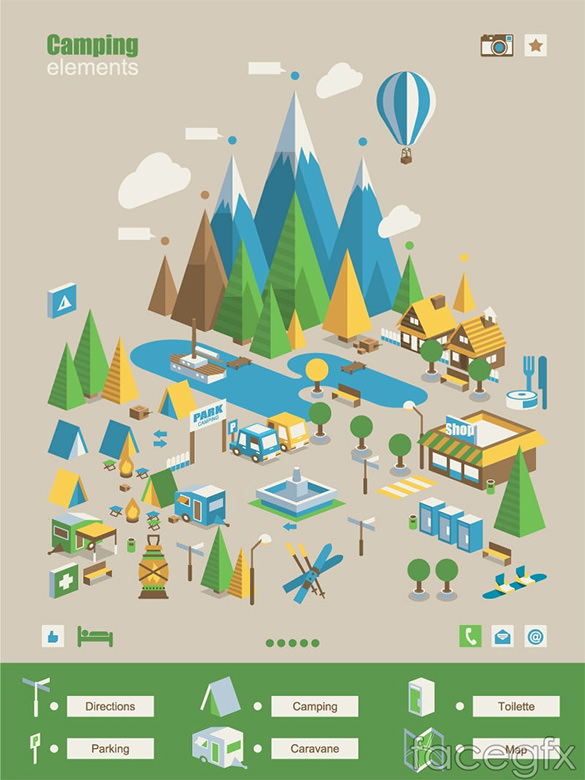While both deal toughness in various settings, it's important to determine which type of insulation will best offer your demands. The insulation you pick influences heat, weight, water resistance, compressibility and rate.
Down is harvested from waterfowl, typically ducks or geese. It is treasured for its lightness, very easy compression and shielding homes. However, down ends up being less reliable when wet.
Warmth-to-Weight
A high warmth-to-weight ratio is preferred in outdoor garments and gear. The shielding residential properties of down feathers make them a terrific option for this function, as they are extremely warm and lightweight.
Nevertheless, down loses its protecting capacities when it gets wet, indicating it requires to be paired with a water-proof shell. In addition, some people dislike down, making artificial jackets a far better option for them.
Synthetic insulations are usually made from recycled polyester and designed to simulate down's insulating residential properties. They are not as lightweight as down, however they do not shed their insulating capabilities when they splash and completely dry more quickly than down. They are likewise more cost effective than down. Nonetheless, their lifespan is shorter than down, causing higher maintenance and substitute prices.
Water Resistance
The insulation you choose for your work coat will certainly make a big difference in just how comfortable you feel outdoors. Nevertheless, the kind of insulation you select additionally has considerable implications for your sustainability objectives.
Down is a superb insulator for a number of factors. It's lightweight, compressible, and supplies a good warmth-to-weight proportion. However, it does not fare well when it splashes. Down clumps up and sheds its loft when damp, which can considerably reduce its capacity to trap heat.
Synthetic insulation materials, such as Thinsulate and Primaloft, hold up far better versus wet problems. They normally have a tight weave or chemical layer that keeps water from penetrating the material. This allows the insulation to stay breathable, even if wet. It deserves noting that synthetics can likewise be uncomfortable when damp, however they keep their shielding residential properties.
Compressibility
While goose down does have an exceptional warmth-to-weight proportion, artificial insulation carries out in a similar way. Nevertheless, unlike down which soaks up and loses its shielding abilities when damp, synthetic insulation does not. As a result, it can maintain its loft and catch cozy air in wet problems.
Generally produced from polyester sheets or clusters that resemble down, the most typical artificial insulation brand names include PrimaLoft, FullRange, Thermoball and Patagonia's PlumaFill. While it still can not match down's loftiness and warmth-to-weight, artificial coats are lightweight, quick to completely dry and cheaper than down. This makes artificial jackets ideal for damp settings, or if you're prone to sweating heavily. Synthetic coats are likewise much less delicate than down and can lose. This durability encompasses their face fabrics which are normally thicker and more resilient than down.
Toughness
A major consideration in sustainability is a material's longevity and durability. All-natural products like cork, ThermaCork broadened cork and Havelock wool last longer than synthetic options like fiberglass and vinyl. They also require much less upkeep and can stand up to severe environmental problems.
Nevertheless, natural insulation does not do also when wet as artificial choices. Wool and fleece clump with each other when wet, compromising their ability to trap heat. Synthetic insulation, on the other hand, does not soak up wetness and remains to shield also when soaked.
This makes synthetic insulation perfect for damp environments and strenuous activities where you could sweat heavily. It's also easier to wash and dries faster than down. This added resilience and reliability make artificial insulation a total champion in this category. This translates to long lasting shielded work boots that last lengthy and keep you warm via requiring environments.
Sustainability
All-natural materials provide biodegradability and a smaller ecological impact, while artificial alternatives boast toughness and cutting-edge applications that support rain gear energy efficiency. Nevertheless, it is very important to recognize truth environmental influence of these insulation products from cradle-to-grave.
As an example, if an all-natural insulation material has to take a trip a far away from its source to the structure site, transportation-related exhausts increase its general carbon impact. Choosing in your area sourced and recycled items decreases that influence. And, choosing GREENGUARD and Cradle to Cradle qualifications ensures that insulation is without volatile organic compounds (VOCs) and supports responsible sourcing and labor conditions.
Sheep's wool and cork are sustainable insulation sources that are gathered without damaging the tree or plant. Both have the added advantage of being naturally resistant to mold, insects and dampness.
